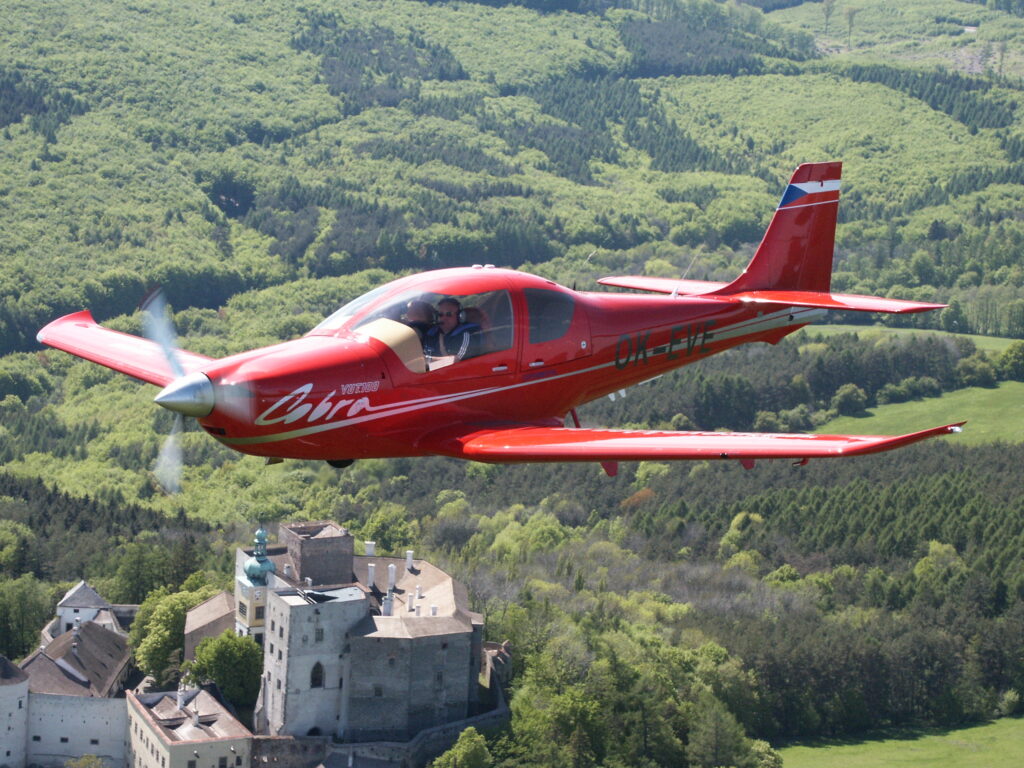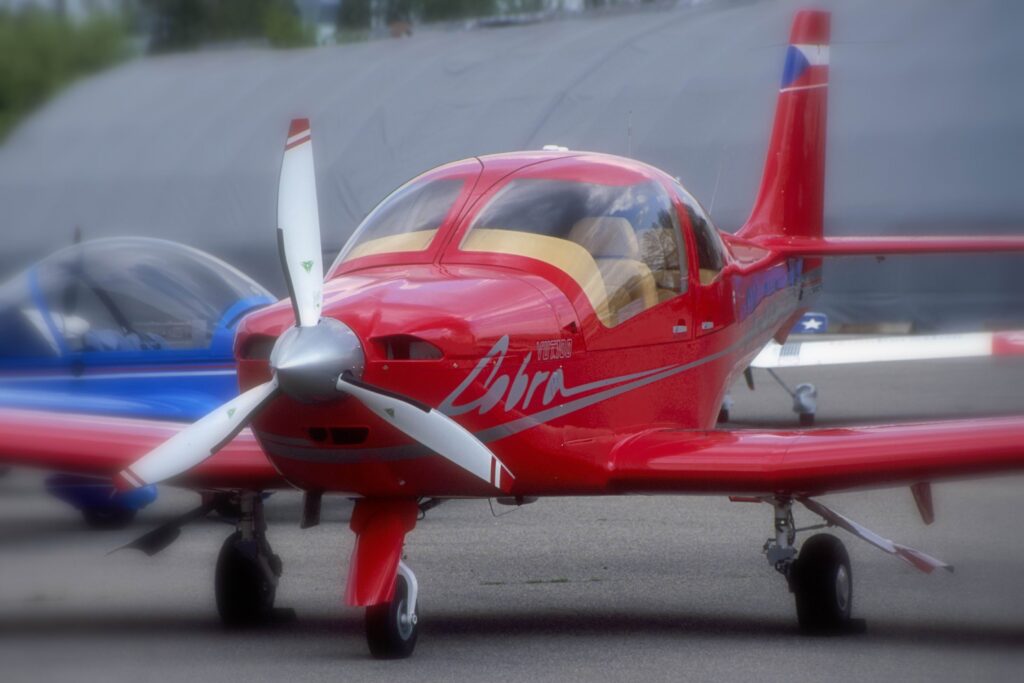The development of a small sport airplane (the project was supported by the Ministry of Industry and Trade grant project FI-IM/038), 2004-2006.
The Evektor VUT100 Cobra (also called the VUT 100 and VUT-100) is a Czech light aircraft developed by Evektor-Aerotechnik in Kunovice. It is intended to be supplied as a fully assembled, ready-to-fly aircraft. As of 2017, the manufacturer still lists the aircraft as “in development.”
Design and Development
Around 1990, the Czech company Moravan Otrokovice launched a project to modernize its Zlín Z 42/Z 43 family of light aircraft. However, the redesign was so extensive that the company rebranded it as a new project, designated Z 90. A mockup of this aircraft was displayed at the 1991 Paris Air Show. Unfortunately, unfavorable market conditions halted its development before production could begin.
Despite this setback, some design elements from the Z 90 were later incorporated into the Kappa 77 KP 2U-SOVA ultralight aircraft. This allowed key aspects of the design to be tested and refined. By 2001, the general aviation market had recovered, leading the Czech Ministry of Industry and Trade to sponsor a new project. The VUT100 was born from this initiative, developed through collaboration between Czech aviation companies and the Institute of Aerospace Engineering at Brno University of Technology.
The aircraft features a cantilever low-wing design, a four-seat enclosed cabin, and retractable tricycle landing gear. It is powered by a single engine in a tractor configuration. Built from a hybrid of metallic and composite materials, the VUT100 has a wingspan of 10.2 m (33.5 ft) and a total wing area of 13.11 m² (141.1 sq ft). It is also equipped with flaps for enhanced performance. Depending on the model, the aircraft may have different engines. The cabin is 1.22 m (48 in) wide, providing a comfortable interior space.
Designed to meet European CS-23 and American FAR-23 certification standards, the VUT100 is engineered for durability. It can withstand forces of +3.8/-1.52g in the normal category and +4.4/-1.76g in the utility category. However, the aircraft has not yet received a type certificate from the European Aviation Safety Agency (EASA) or the Federal Aviation Administration (FAA).



